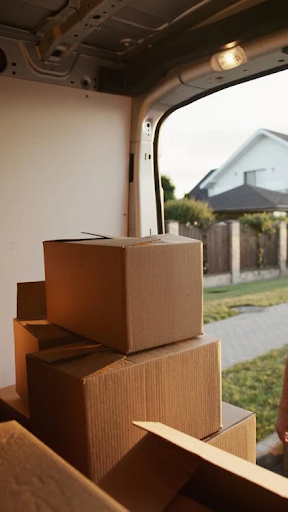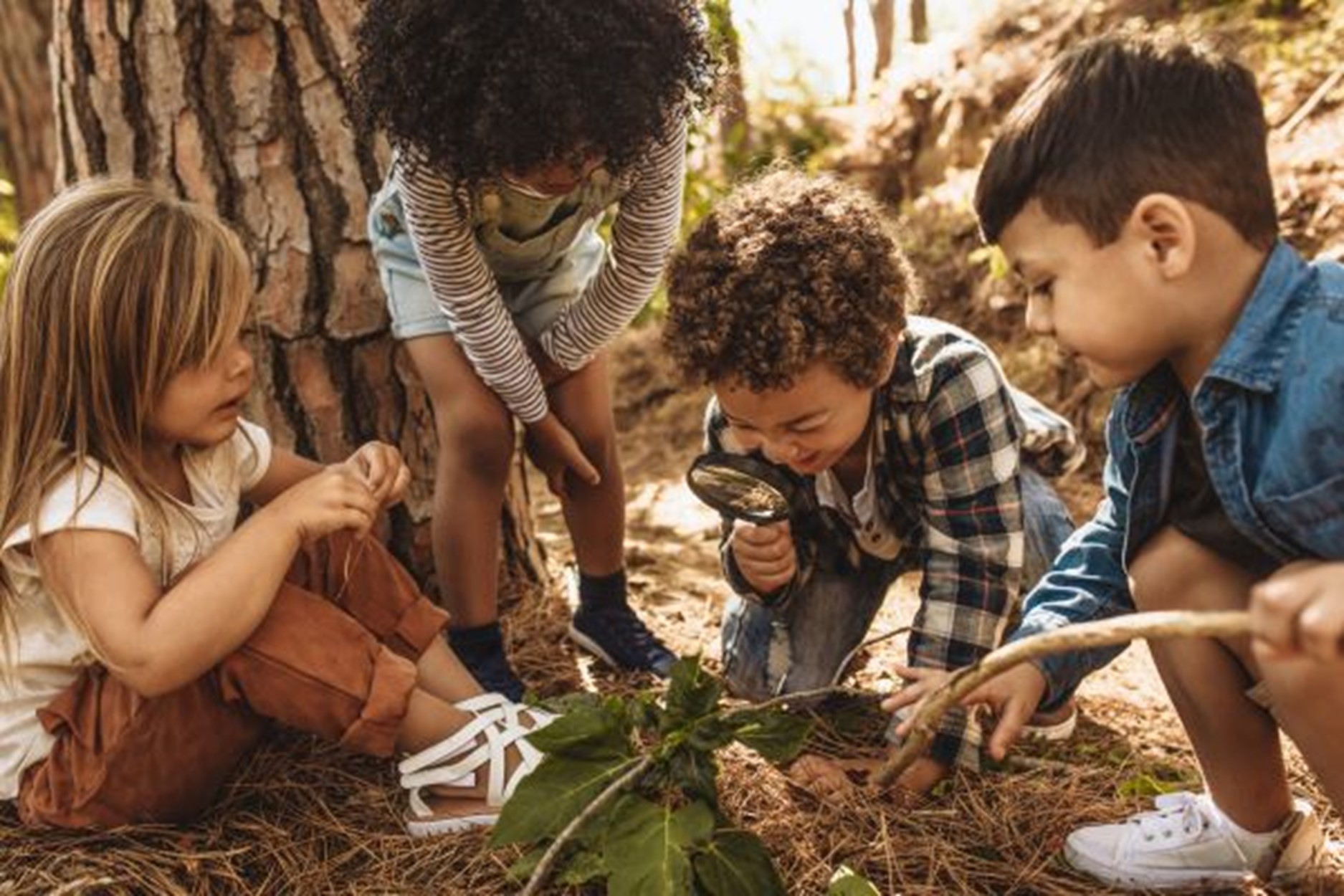Most people here are families moving abroad and immediately they’re either in awe of them for doing so, or they think they’re crazy for bringing kids abroad with them to live. The thing is, moving abroad with children doesn’t have to be some huge deal. We live in a very big wide world, so why not allow the kids to experience something different?
As they are going through their formative years, do you have any idea how many amazing choices for International School there are? Do you have any idea of the experience you’ll be giving your children by allowing them to live in countries that they wouldn’t have been born in? It can be very difficult for some families to choose to move abroad because they are attached to their roots. But roots are there for a reason and you can always go back home again. One of the biggest things that you can consider for your children is to move abroad, and taking the plunge to do that is a big decision to make. So we’ve put together a list of reasons why you should say yes to living abroad with kids.
- You are creating adventurous memories. If you’ve never gone to another country to live there, you’re going to have an experience of your own. But seeing it through the adventurous eyes of your children is something completely new. Let’s say you decide to move to New York. Imagine seeing the Empire State Building through the eyes of a 7 year old. Well, that’s what you’d be doing if you decided to do that with your children, because you’re going to witness the majesty on their faces when they see giant buildings and crowded streets and taxis that are bright yellow.
- You get to try new things. How often is it you get to go skiing in France, or you get to catch a glimpse of waterfalls in Rupit? Or riding a frightening cable car to the top of Montserrat mountain? These are just some of the experiences that would scare an adult to death, but there would be a thrilling one for a child. You have to remember what you’re getting. Try new things with your children and you can experience these memories together as a family and they’ve become something of family lore.
- You get to meet other expats. Wherever you go, there is going to be a range of people who have done the same thing you have. Perhaps some of those people have inspired you to move abroad in the first place. Getting out of your comfort zone and living in another country with another culture is going to be a big change, but you’re going to get to meet new people who have done the same thing you have and you can create links in that sense.
- Your children can be your best teachers. If your children are the ones that prompt you into adventure, then why wouldn’t you want to move them abroad and have even more? Children could teach us that the world could be seen in a new light.











